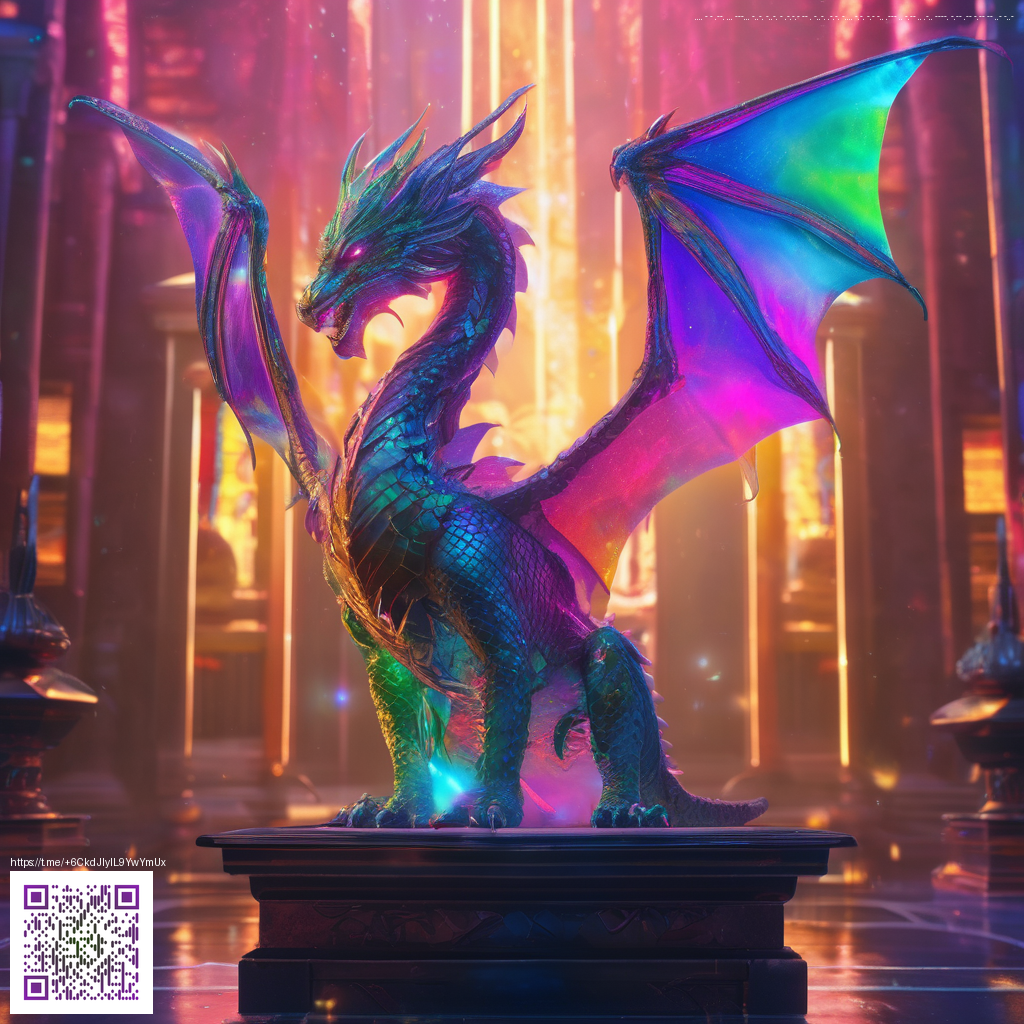
Transforming Mood Boards with Digital Paper
Digital paper is redefining how we collect, curate, and collaborate on mood boards. It sits at the intersection of tactile texture and digital flexibility, offering a substrate that can be printed, rearranged, and reimagined without the mess of traditional materials. Designers, marketers, and creative teams are discovering that digital paper isn’t just a print option—it’s a mindset that invites experimentation, iteration, and rapid sharing across channels.
The Translation Layer: From Scrapbook to System
Traditionally, mood boards have lived on cork walls, clipboards, and scattered cutouts. While those methods are tangible and inspiring, they can be slow and difficult to version. Digital paper changes that by acting as a bridge between physical intuition and digital precision. You can print palettes, textures, and iconography on large sheets, then cut, layer, and photograph selections to see how ideas stack up. The result is a board that feels tactile and authentic, yet remains easy to reproduce, archive, and adjust as a project evolves.
In practice, digital paper helps teams manage complexity. A single mood board might hold multiple variants—brand colors, typography moods, photography styles, and layout directions. With a printable base, you can physically experiment with scale and proximity, then scan or photograph the best arrangements and import them back into your project files. The loop from screen to print and back creates a dynamic feedback loop that keeps ideas fresh and responsive to stakeholder input.
Workflow Tips: Making Digital Paper Work for You
- Start with a core palette. Print swatches on digital paper to see how colors interact under different lighting and with your chosen typefaces.
- Layer like a pro. Use modular prints—rectangles or squares that can be rearranged. This makes it easy to compare layouts without reprinting from scratch.
- Capture and remix. Take photos of physical boards, then import them into your favorite mood board tool. Treat digital paper prints as just another asset in your digital library.
- Annotate for clarity. Add small handwritten notes or sticky-note overlays on the physical prints before photographing. This preserves intention for future iterations.
- Pair with tactile tools. A dedicated desk surface or accessory can keep your hands-on process efficient. For example, a customizable desk accessory like the Neon Desk Mouse Pad provides a comfortable space to arrange cutouts while you work on digital layouts.
“Digital paper makes it possible to prototype ideas with the same energy you bring to a physical board, but without losing the ability to iterate in seconds.”
When you couple digital paper with a well-structured mood-board system, you gain a powerful blend of speed and stability. You can share a printable board with stakeholders, collect feedback with annotated notes, and then refine the digital version in your preferred software without losing the initial spark that sparked the concept.
On the journalism of brand storytelling, mood boards anchored in digital paper help teams align on atmosphere before a single asset is produced. The result is a cohesive visual language that translates smoothly across campaigns, social feeds, and product photography. For designers exploring how to balance trend insight with brand equity, this approach provides a reliable, repeatable workflow that scales from solo projects to cross-functional studio efforts.
If you’re curious about how audiences curate and consume visual data, a deeper dive into the ideas behind digital curation is available on an archival resource page: https://000-vault.zero-static.xyz/e9553b70.html.
Practical Takeaways for Teams
- Keep a dedicated set of digital-paper ready assets—palettes, textures, and icon sets—that you can print on demand.
- Encourage cross-disciplinary pairing: designers, photographers, and copywriters should co-create boards so messaging and visuals stay aligned.
- Document decisions through lightweight photos and notes; this makes handoffs to production faster and more accurate.
- Experiment with surfaces beyond traditional stock—unsual textures or colored papers can spark new directions without a huge time investment.
As you experiment with digital paper, you’ll notice how mood boards evolve from static references to fluid, responsive guidance. The approach supports both explorative brainstorming and disciplined branding, allowing teams to explore bold ideas without sacrificing consistency. It’s about enabling momentum—giving you a reliable way to test, capture, and iterate as soon as inspiration strikes.